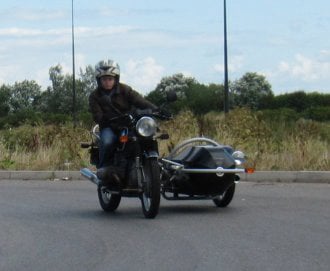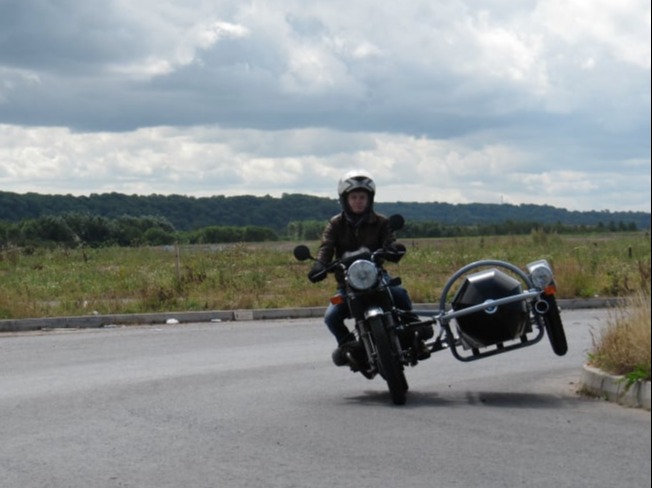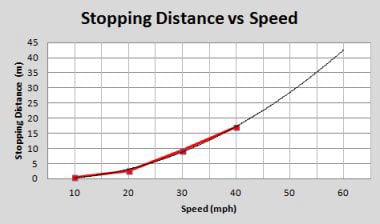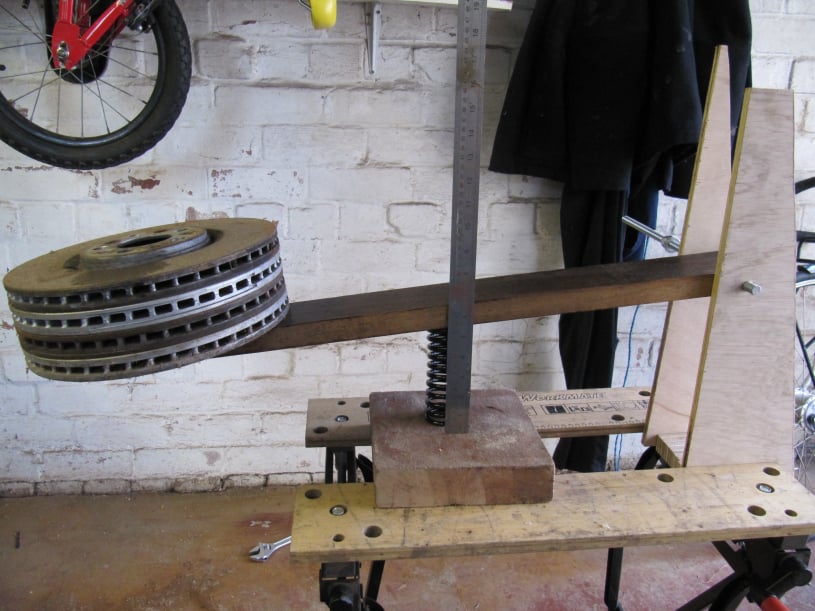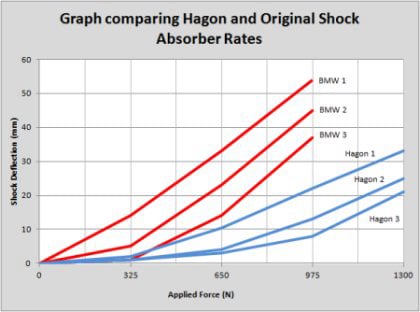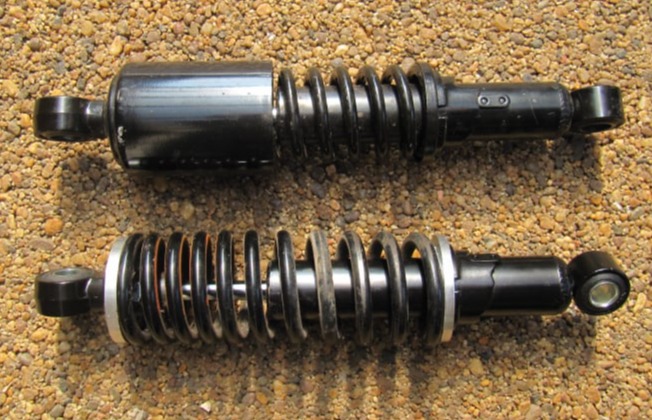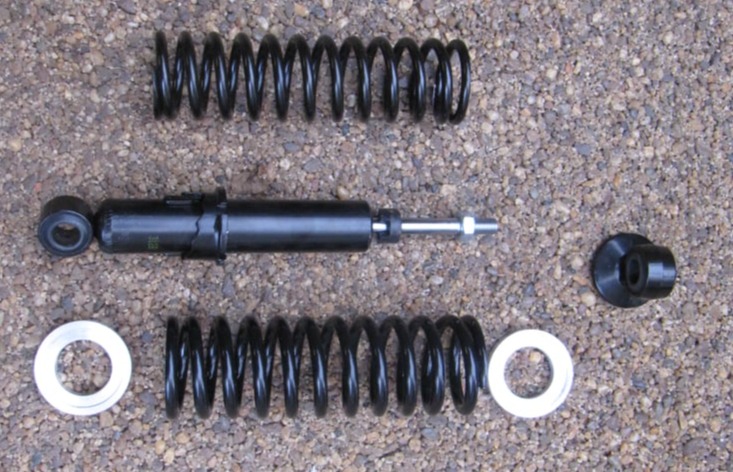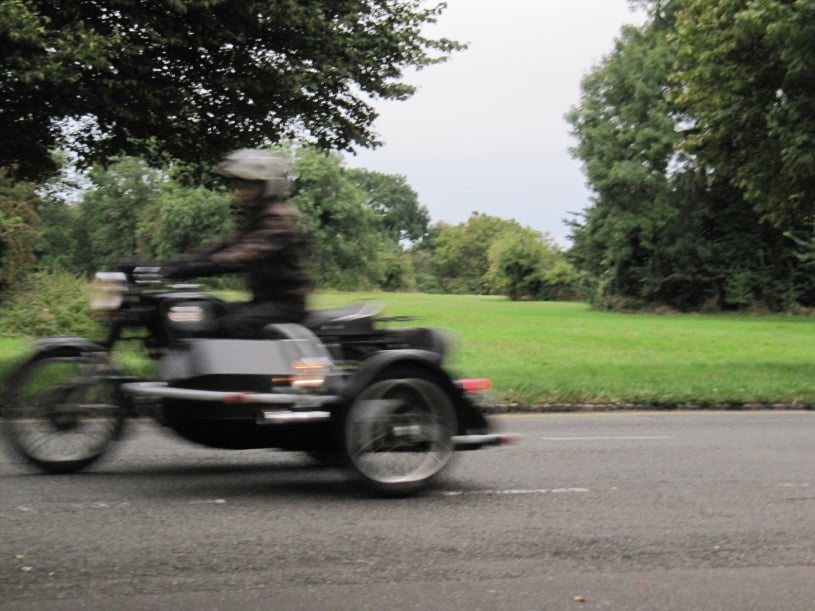
Testing a adjusting the sidecar
The sidecar was driven carefully and cautiously on local journeys to get the combination checked for road worthiness.
Next it had to be tested at various speeds and under different conditions to check that it had no unpredictable characteristics.
An industrial park on a Sunday provided some quiet roads for testing.
The motorcycle and sidecar were tested through left and right hand turns.
Stops and starts were also performed including emergency stops.
